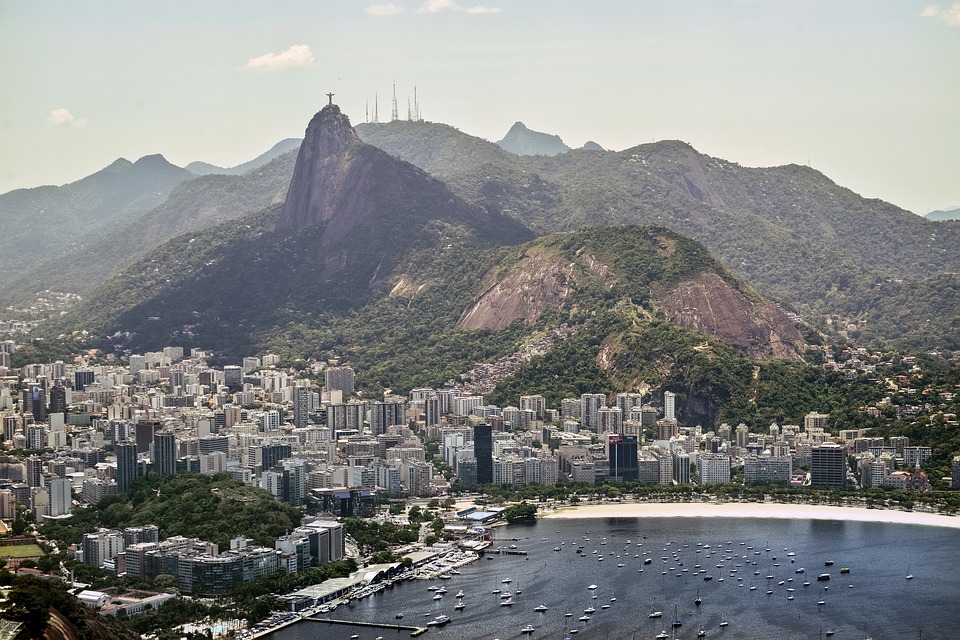Rio de Janeiro, Brazil is famous for its vibrant culture, beautiful beaches, and lively nightlife. However, hidden away from the glitz and glamour of the city’s tourist attractions are the favelas, Rio’s informal settlements that are home to some of the city’s most marginalized communities. These favelas have been a source of controversy and fascination for visitors and locals alike, but they also offer a unique glimpse into the rich cultural fabric of Rio.
The History of Rio’s Favelas
Favelas first emerged in Rio de Janeiro in the late 19th century, as former slaves and rural migrants settled on the outskirts of the city in search of work and housing. Over the years, these informal settlements grew rapidly as the city’s population exploded, and today, favelas are home to millions of people.
Challenges Faced by Favela Residents
Life in the favelas is not easy, as residents face a myriad of challenges including poverty, crime, and inadequate infrastructure. Many favelas lack access to basic services such as clean water, sanitation, and healthcare, and residents often struggle to make ends meet. Despite these challenges, favela communities are known for their resilience and strong sense of solidarity.
Community and Culture in the Favelas
Despite the poverty and violence that plague many favelas, these communities are also vibrant hubs of culture and creativity. Favela residents have a strong sense of community and identity, and many favelas have their own unique traditions, music, and art forms. Visitors to the favelas can experience the rich cultural heritage of these communities through music, dance, and street art.
Music and Dance
One of the most famous aspects of favela culture is the music and dance that has emerged from these communities. Samba, a genre of music and dance that originated in the favelas of Rio, is now synonymous with Brazilian culture and has become a symbol of national identity. Visitors to the favelas can experience the energetic rhythms and colorful costumes of samba firsthand by attending a local performance or participating in a dance class.
Street Art
Another defining feature of favela culture is the vibrant street art that adorns the walls of these communities. Graffiti artists from all over the world travel to Rio’s favelas to showcase their work, turning the streets into open-air galleries. Favela residents also use street art as a form of self-expression and resistance, using murals to convey messages of hope, solidarity, and resistance.
Controversy Surrounding Rio’s Favelas
Despite their cultural richness, favelas have long been a source of controversy in Rio de Janeiro. The Brazilian government has historically struggled to address the issues faced by favela residents, leading to tensions between the authorities and favela communities. In recent years, the debate over favela gentrification and redevelopment has intensified, as the city prepares to host the 2016 Olympics.
Gentrification and Redevelopment
As Rio de Janeiro undergoes a period of rapid development and economic growth, favelas have become prime real estate for developers looking to capitalize on the city’s booming tourist industry. Many favela residents have been displaced by redevelopment projects, which often fail to provide adequate compensation or alternative housing. While some argue that redevelopment is necessary to improve living conditions in the favelas, others view it as a form of social cleansing that erases the culture and history of these communities.
Violence and Crime
Favelas are also known for their high levels of crime and violence, as drug gangs and militias often control the streets. The Brazilian government has attempted to crack down on crime in the favelas through a series of controversial policing initiatives, including the installation of police pacification units. However, these efforts have been met with mixed results, as many residents continue to distrust the police and fear retaliation from criminal groups.
Visiting Rio’s Favelas
Despite the challenges and controversies surrounding Rio’s favelas, many visitors choose to explore these communities in order to gain a deeper understanding of the city’s complex social fabric. There are several ways to experience favela culture firsthand, from guided tours led by local residents to volunteer opportunities with community organizations.
Guided Tours
One of the most popular ways to explore Rio’s favelas is through a guided tour led by residents of the community. These tours provide a unique perspective on life in the favelas, allowing visitors to interact with locals, learn about the history and culture of the community, and support small businesses. Many tour operators also donate a portion of their proceeds to community projects, making these tours a responsible and ethical way to experience favela culture.
Volunteer Opportunities
For those looking to make a difference in the favelas, there are several organizations that offer volunteer opportunities in areas such as education, healthcare, and community development. By volunteering in the favelas, visitors can support grassroots initiatives, build relationships with local residents, and contribute to positive social change. These experiences can be incredibly rewarding and impactful, allowing visitors to connect with the community on a deeper level.
In conclusion, Rio’s favelas are complex and diverse communities that offer a unique perspective on the cultural, social, and economic dynamics of the city. While they face many challenges and controversies, favelas are also vibrant hubs of creativity, resilience, and solidarity. By exploring Rio’s favelas, visitors can gain a deeper understanding of the city’s history and culture, support local initiatives, and contribute to positive social change.
